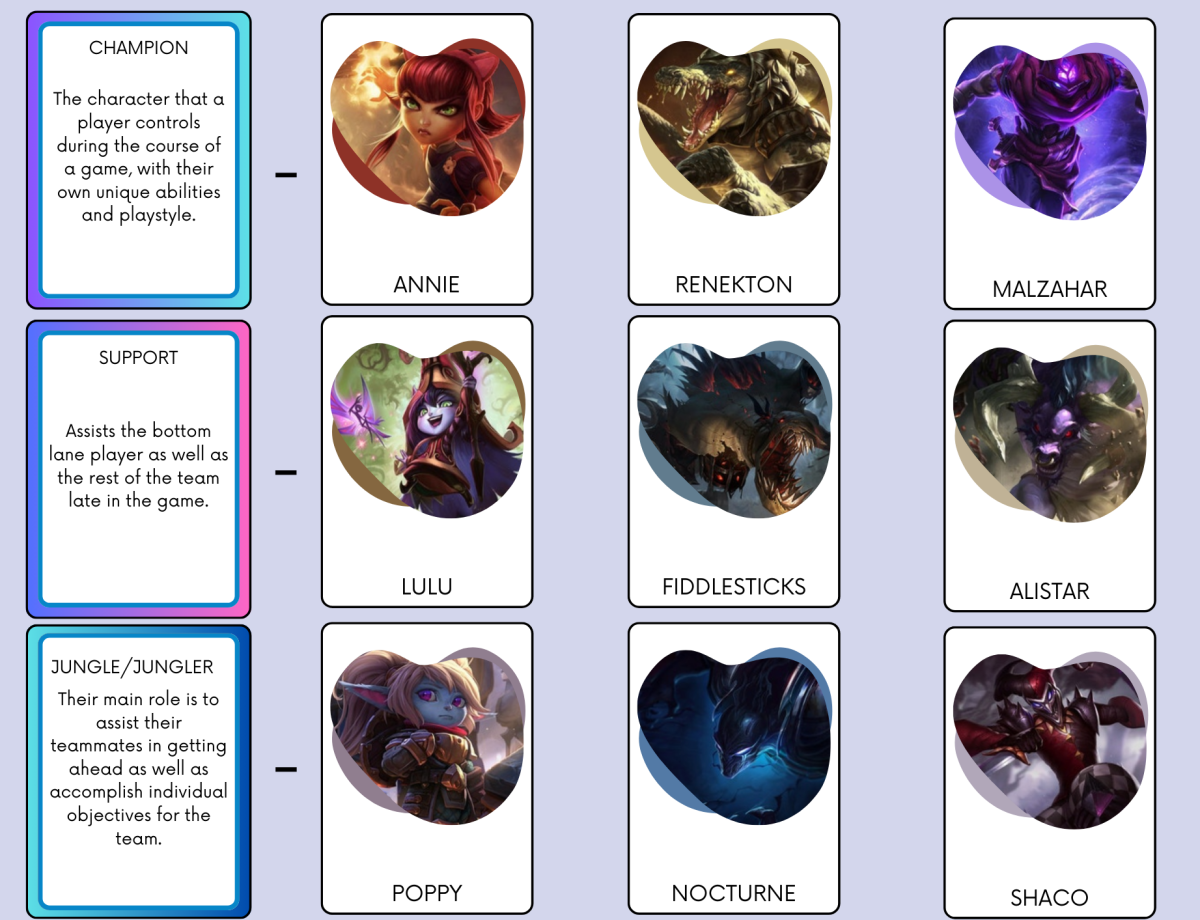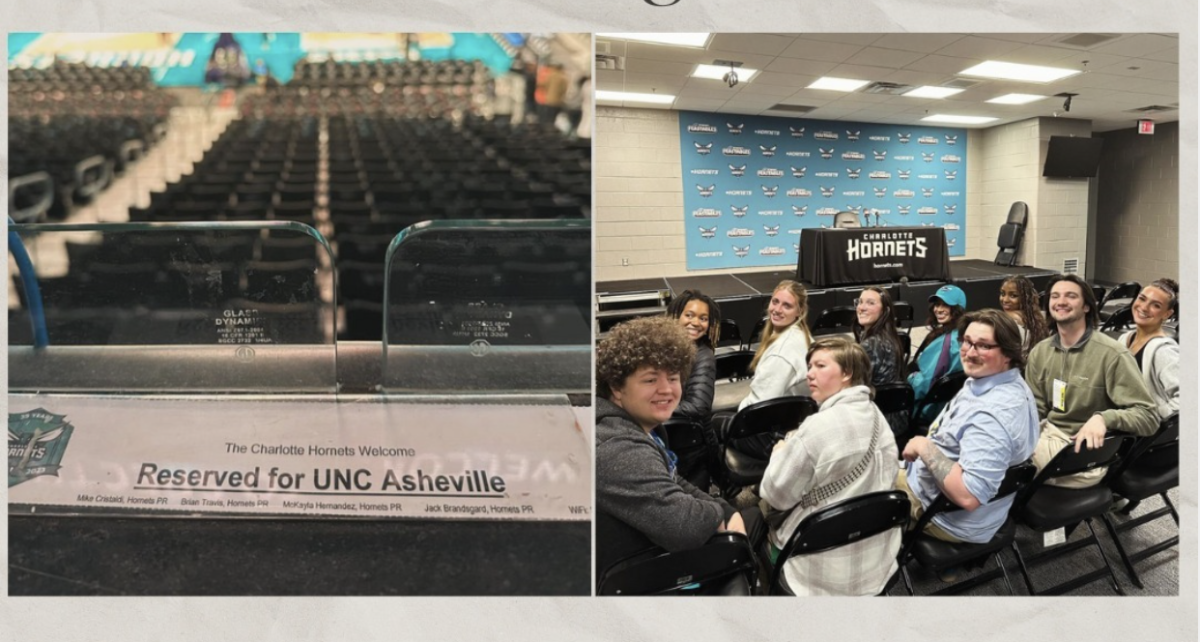by Caitlin Donovan – Staff Writer – [email protected]
The remake of Annie starring Quvenzhané Wallis planned for this year has many denizens of the Internet moaning the story is not the same if Annie does not have red hair.
This, of course, completely ignores the fact that Andre McArdle, the original actress to play the role of Annie on Broadway in 1977, lobbied for Annie to be played by an African- American for years. It also ignores the fact it is more common to see white actors play roles meant for people of color than the other way around, and actors of color are denied opportunities much of the time in Hollywood.
A UCLA study conducted in 2006 showed white actors play 82 percent of Hollywood lead roles. The fact that many Hollywood movies have white leads playing people of color likely contributes to this imbalance. Prince of Persia and The Last Airbender are examples of this practice.
A more recent example of this type of casting is evident in the winner of this year’s Best Picture Award, Argo. Ben Affleck cast himself as real-life CIA agent, Tony Mendez. Mendez is Mexican-American, so Affleck’s casting choice raised criticism from several sources, including Kirk Whisler, the president of the Latino Print Network and board member of the National Association of Latino Independent Producers. He said there are few opportunities for Latinos in Hollywood and when roles meant for Latinos are played by other ethnicities, those opportunities are lost forever.
Affleck defended his casting decision by saying he felt it was fine since Mendez was not clearly “ethnic” and then claimed he believed Hollywood’s culture of drama should maintain a strong presence of Latino roles. These statements are quite contradictory.
This illustration of imbalance in Hollywood casting practices works against people of color and details the disturbing history of white people playing characters of color.
After all, one would be hard-pressed to find a historical film where a character of color puts on thick makeup to mock white people and plays a stereotypical and often evil white role. But there are several old films where white people don “blackface” to mock African-Americans. There are also examples of white people making their eyes look slanted with eye makeup so they can play an Asian stereotype. This is often called “yellowface.” Boris Karloff in the 1932 film The Mask of Fu Manchu is perhaps the most famous example of this. Fu Manchu even had pointy ears to make him look more inhuman.
This disgusting history is why it is uncomfortable to see a white person imitating a character of color in modern day film, but not uncomfortable to see a person of color remaking a role originally played by a white person. It is important to consider, even in modern Hollywood, white actors will often appropriate dress from the culture they are imitating, which come off as a safer version of “blackface” and “yellowface.”
Therefore, it is laudable that Wallis is able to get a lead role when so many opportunities are denied to her, even roles specifically created for someone of her ethnicity.
The world gets plenty of white leads, and the redheaded Annie has had plenty of time in the spotlight. The public must consider the context and history when it comes to the matter of race in casting.
Hollywood should stop giving leading roles to white people when people of color deserve those opportunities.
Latest Stories
- UNCA League of Legends takes first in stunning finals match against HPU
- From passion to professional play: How a UNCA League of Legends MVP hit their stride
- Old UNCA sorority still has its footprints on campus
- Mass communication students visit Charlotte to watch Hornets game
- Blue Banner Connections #1
- Sex toys get luckier than traditionalist men
- A student's perspective on traveling and concerts
- Local bead and craft store continues to thrive under new management
- Taylor Swift’s rising stardom causes friction between fans
- Ensuring AI makes appropriate decisions



















Armand Copple • May 9, 2017 at 7:48 am
You are a very smart individual!